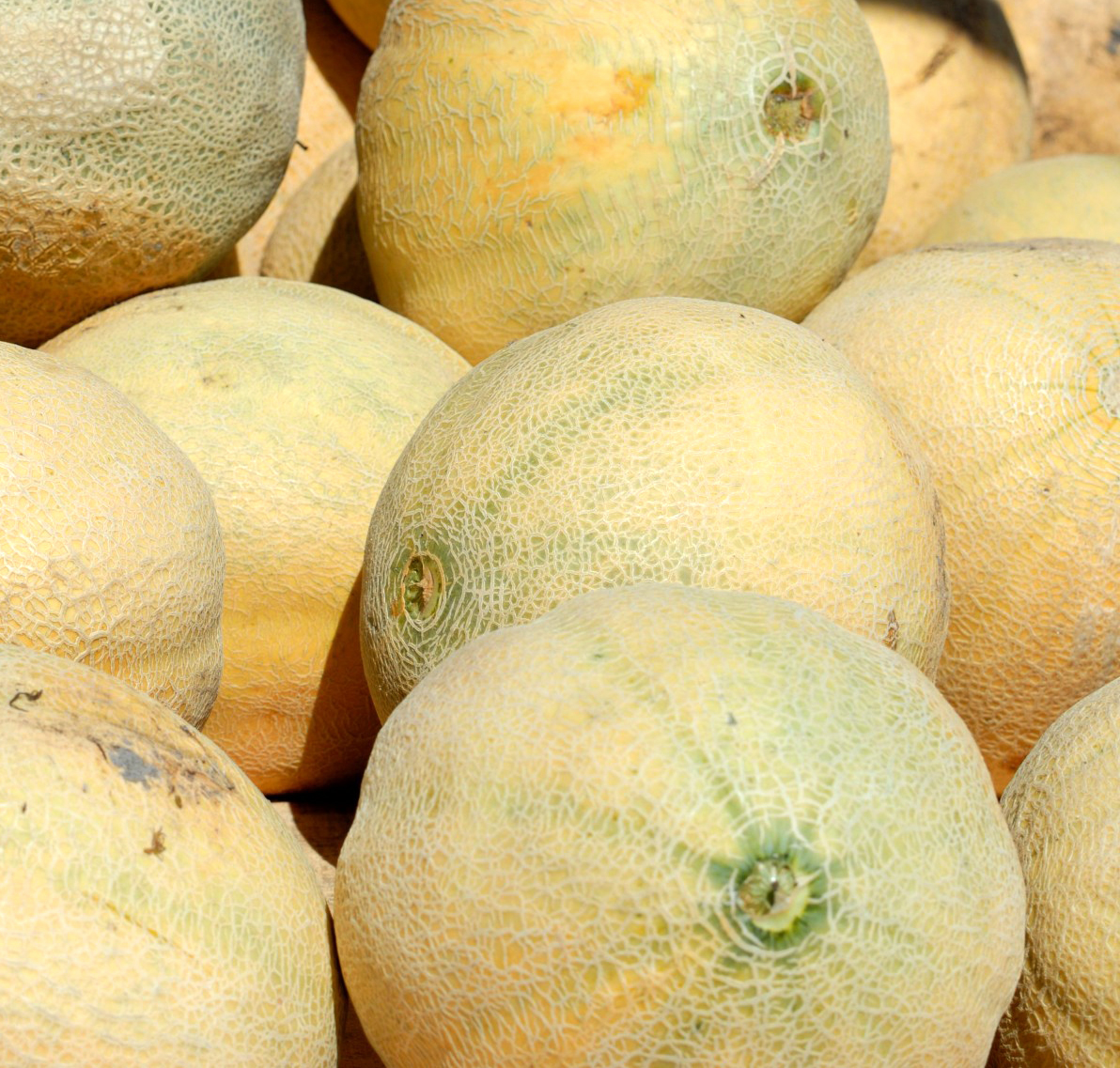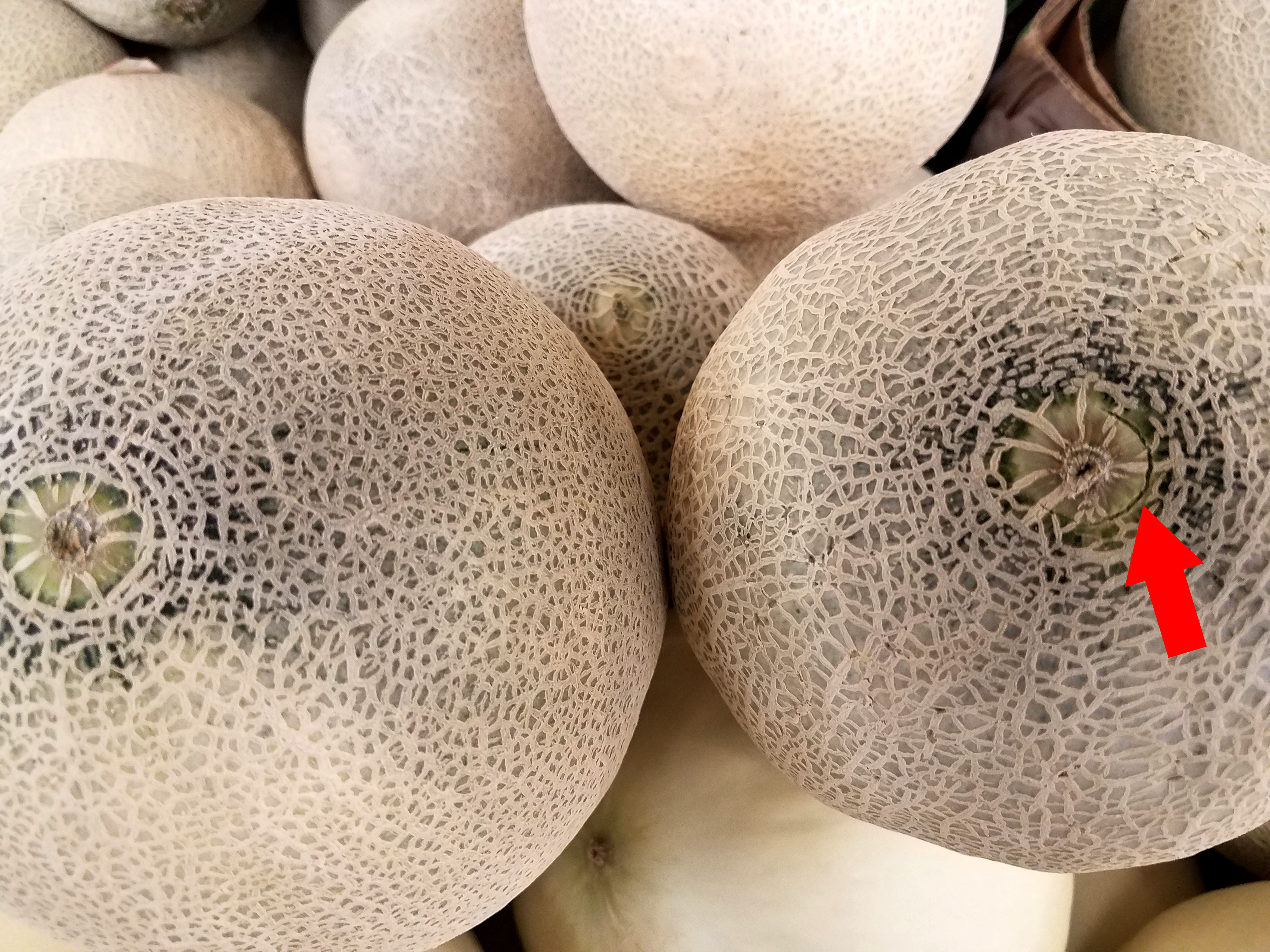Do Melons Continue to Ripen After Being Cut
Choosing a properly ripened, locally grown melon is easy in the summer, but how do you determine ripeness in the dead of winter?
A sure sign of summer in Michigan is the number of locally grown, vine-ripened melons available at farm stands and farmers markets. However, with modern transportation, watermelon, cantaloupe and other melons are available year around. So how does a buyer in the dead of winter determine a flavorful melon?
It is important to understand that not all melons behave the same when it comes to ripening. Some, like watermelon, do not continue to ripen once harvested. Therefore, flavor will not improve nor will they become sweeter—t is what it is at harvest. However, cantaloupe and similar fruit will continue to ripen after harvest. Once into the ripening process, fruit will gain sugar, flavor will improve and flesh soften. For the consumer, this means watermelon and similar fruit can be eaten as soon as you bring it home no matter what time of the year it is. However, cantaloupe and similar melons bought in winter probably need to be held at room temperature for a few days or more to allow it to improve.
The most reliable way to determine if a watermelon is mature is to observe it while it is still on the plant. Since that is not possible in winter, consumers have to use the next step and that is looking at the "ground spot" (Photo 1). The ground spot is where fruit was in contact with the soil. It is easy to recognize since it will not have the same stripes and color of the rest of the fruit—it will have a more solid color. A mature watermelon will have a yellow ground spot (Photo 1). If it is light yellow or even white, make another selection.

Honeydew melons are the hardest to know when they are mature. Being light colored, the ground spot technique does not work and they do not "self-pick" like cantaloupe. However, like cantaloupe, they continue to ripen off the plant. To eat a honeydew early is not a bad experience, but you do not want to wait so long that it goes bad. The fruit does not provide the signals watermelon and cantaloupe do. For honeydew, you have to rely on the grower picking it at a good time no matter the season since once you cut it open you have to eat it or refrigerate it.
Left on the plant, cantaloupe fruit begin to disconnect when mature and the fruit will essentially pick itself and be ready to eat right away. Summer melons have a noticeable dimple at the stem end and generally have a golden color (Photo 2). Since ripe cantaloupe are quite soft, they have to be harvested in winter production areas when they are less than fully mature so they are able to survive the transport process in good shape. Instead of allowing them to self-pick, they are cut from the plant.

For winter-grown melons, the stem attachment is still evident on the fruit—no dimple (Photo 3). As the fruit matures, you will be able to see the abscission zone form as a slight crack that gets larger over time and will eventually form a circle around the stem (Photo 3). When selecting a winter cantaloupe, look for one where the remaining stem has started to crack and break away from the melon. When you can see that crack starting to form, that means the fruit was harvested mature enough that the ripening process will continue. It probably still needs to sit at room temperature for a few days as it continues to mature. Be patient and let that happen. It will not attain the golden color of a summer-grown melon, so do not expect it to be quite the same, but neither is the weather outside.
Source: https://www.canr.msu.edu/news/how-to-determine-a-ripe-melon
0 Response to "Do Melons Continue to Ripen After Being Cut"
Post a Comment